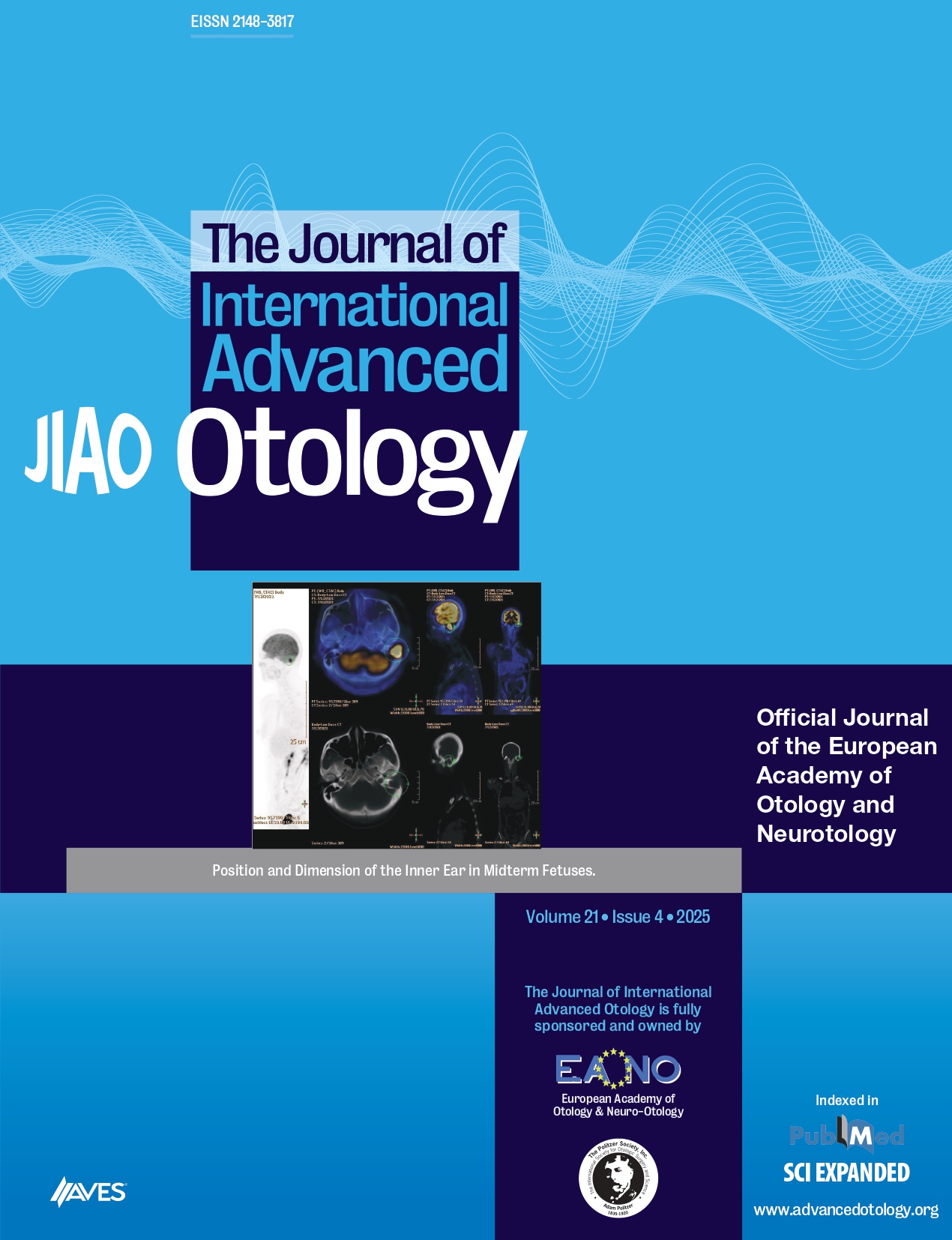Background: This study aimed to evaluate patient satisfaction and usage patterns of bone conduction devices (BCDs) for hearing rehabilitation, focusing on both users and non-users. Specific objectives included assessing reasons for non-use, exploring patient perceptions of BCD efficacy, and examining complications associated with BCD implantation.
Methods: A monocentric investigation was conducted at the Department of Ear, Nose, and Throat Diseases, Head and Neck Surgery at General Hospital Sint-Jan, Bruges. Patients who underwent BCD implantation between 2009 and 2020 were included. A questionnaire based on the International Outcome Inventory for Hearing Aids (IOI-HA) was administered to assess patient satisfaction. Additional questions were added to explore reasons for non-use and interest in alternative devices. Data analysis included descriptive statistics and chi-square tests to compare outcomes between groups.
Results: Among 76 respondents, the majority expressed high satisfaction with their BCDs, reporting significant improvements in daily life and quality of hearing. The non-user rate was 8.9%, primarily attributed to perceived lack of benefit or skin problems. Complications requiring explantation were rare (3.4%). Single-sided deafness (SSD) and non-SSD patients exhibited similar satisfaction levels, but SSD patients reported higher non-use due to insufficient hearing benefits. Patients expressed interest (29.6%) in more advanced BCDs.
Conclusion: This study highlights the overall positive impact of BCDs on patient satisfaction and quality of life. Personalized care, informed decision-making, and rigorous preoperative evaluation are crucial in achieving favorable outcomes. Technological advancements offer promising opportunities for further enhancing BCD efficacy, underscoring the importance of ongoing research and innovation in hearing rehabilitation.
Cite this article as: Van de Kerkhof J, Bleyaert L, Verhaert N, Lerut B. A strategy for bone conduction device adoption: study of non-usage challenges, skin-deep insights and patient satisfaction. J Int Adv Otol. 2024;20(6):523-530.



.png)
.png)